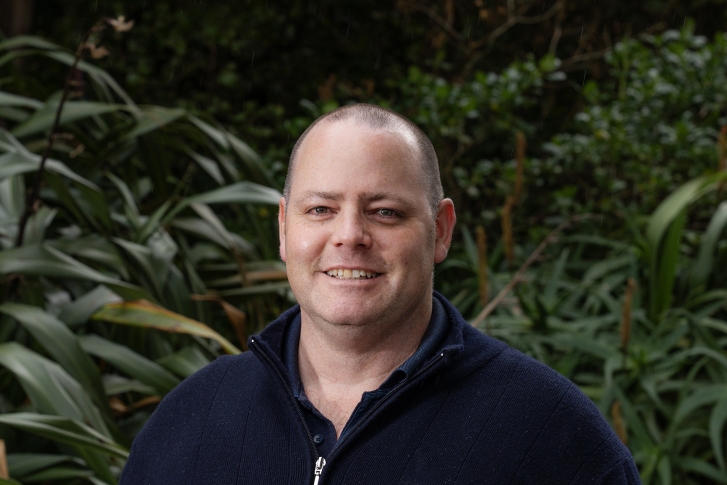NIWA operates about 30 other Maritime New Zealand-certified vessels based at Bream Bay, Auckland, Hamilton, Rotorua, Turangi, Wellington, Nelson, Greymouth, Tekapo, Christchurch, and Dunedin.
About 80 science staff are qualified to operate NIWA’s research boats under 7.5 metres in length. Operation of these boats requires a minimum of Master of Small Research Boat, a qualification issued by NIWA under delegation from Maritime New Zealand.
Our staff also use small, non-motorised craft (including sit-on-top kayaks, Canadian canoes, and aluminium dinghies) to visit remote study sites on ponds, lakes, rivers, and estuaries.
Rangitahi III
Rangitahi III is a custom-made survey vessel built in Kumeu. It is used for a wide range of coastal research work, such as seabed sediment sampling, habitat mapping, and aquaculture impact assessments.
Although Rangitahi III is longer, wider, and twice as heavy as its predecessor, we achieved substantial carbon emission savings by selecting state of the art, electronically controlled stern drive engines that are very fuel efficient. At typical survey speeds for side-scan sonar, the new vessel uses six times less fuel than the old one.
X-Craft autonomous vessel
A six metre-long autonomous trimaran fitted out with a battery-powered NIWA echosounder was used at sea as part of an innovative research collaboration with specialist New Zealand drone company X-Craft Enterprises. The aim was to collect good quality fisheries acoustic data by combining autonomous surface vessels (ASVs) and echosounding technology. The electrically-powered vessel can be programmed to follow a specific track, is very quiet, and is equipped with anti-collision technology.
The main advantages of using this type of autonomous vessel to do research are: (1) It is quiet, minimising fish avoidance; (2) It is cost-effective, potentially allowing acoustic surveys to be carried out more frequently; (3) It can cover areas not covered by large research or fishing vessels (e.g nearshore and in lakes).



